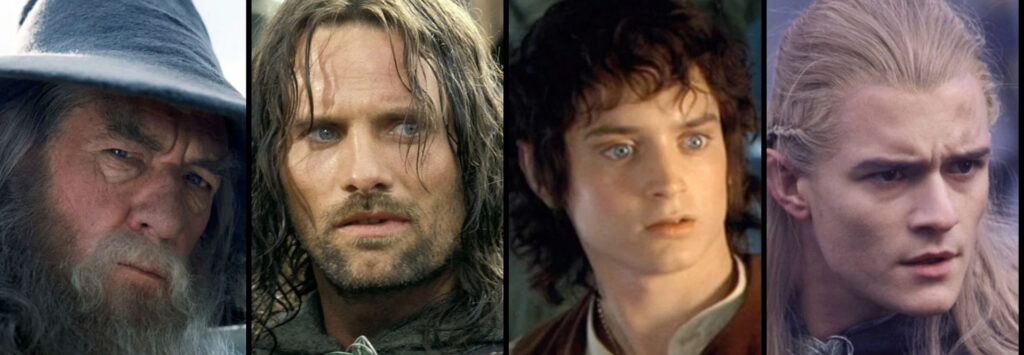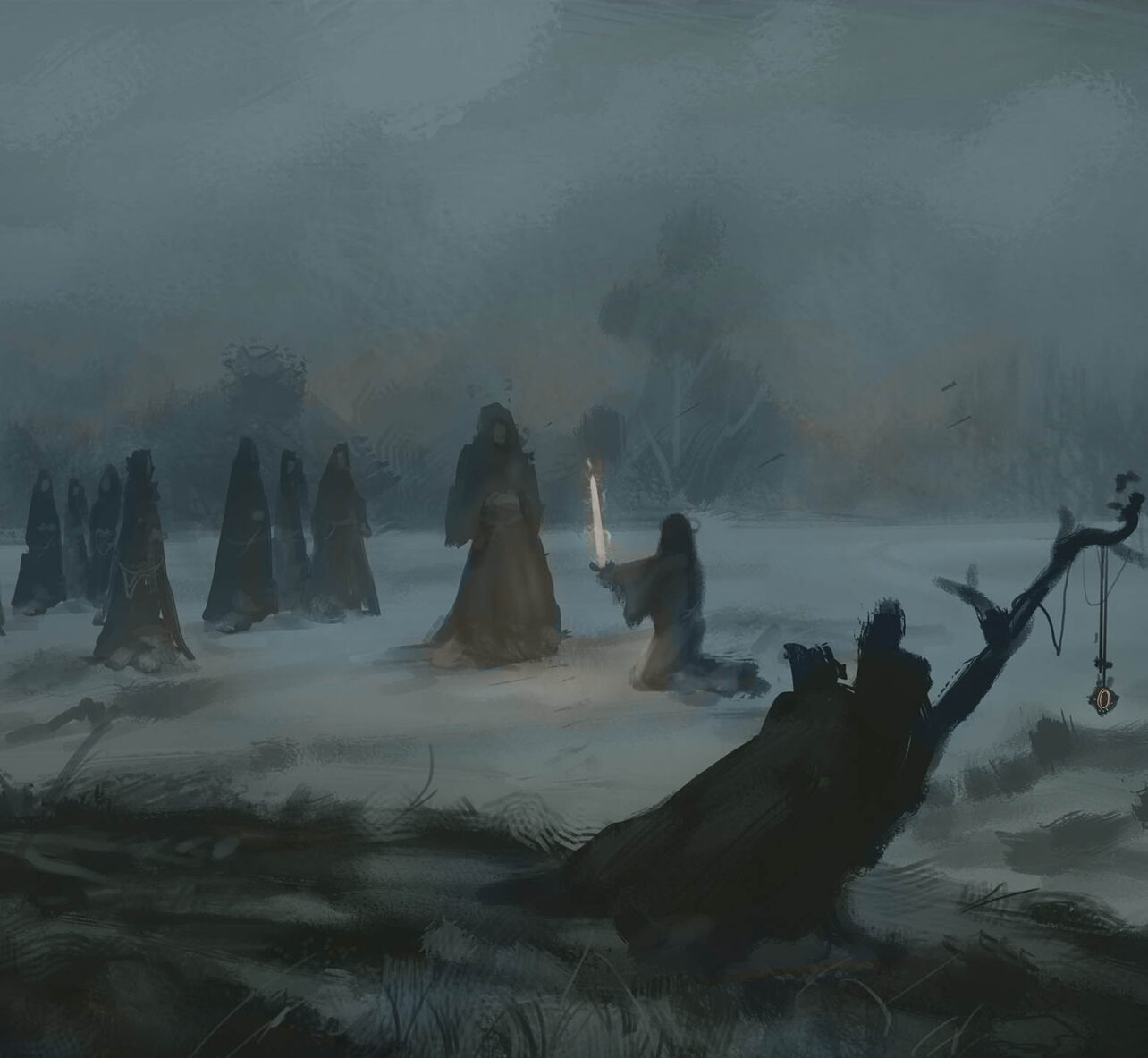When crafting a compelling narrative, writers often take two fundamental approaches: plot-driven and character-driven storylines. Both methods can create engaging and memorable stories, but they differ significantly in their focus and priorities. In a plot-driven story, the primary emphasis is on the events and actions that take place, while in a character-driven story, the focus is on the development and inner lives of the characters.
Understanding the differences between these two approaches can help writers choose the right path for their stories and help readers appreciate the nuances and complexities of the narratives they encounter. In this article, we will explore the key differences between plot-driven and character-driven storylines and the advantages and disadvantages of each approach.
What is a Plot-Driven Story?
Before we diagnose a plot-driven story, we need to understand the difference between plot and story because while they are related and sometimes incorrectly interchanged, they are two different terms in literature and storytelling.
A “story” is a sequence of events that are linked together in a meaningful way to create a narrative. It refers to the overall arc of the tale, the broader scope of what happened and how it impacted the characters and the world around them. A story may include characters, settings, themes, conflicts, and emotions.
On the other hand, “plot” refers to the specific sequence of events that make up the story. The plot is how the author reveals the story to the reader, often involving twists, turns, and surprises that keep the reader engaged. It is the roadmap of the narrative, the series of events that move the story forward and create tension, conflict, and resolution.
In essence, the story is the big picture, the overall tale, while the plot is the specific details of how that tale is told. They are both essential elements of a good narrative, and writers must pay careful attention to both to create a compelling story that captivates their audience.
To distinguish between plot and character, we can consider how they impact the story. A plot-driven story is one where the plot shapes the character’s identity. For instance, In the Lord of the Rings film trilogy, if we swap the character Legolas for another Elf, the story’s structure would remain intact, with only minor changes to specific plot details. Over the course of the trilogy, Legolas changes as a result of the plot’s events. Even if we replace Frodo, the primary protagonist, with another Hobbit, the key event, the battle for Middle Earth, would still occur, and the call to action would remain.

In a plot-driven story, the events and actions are the primary focus, with characters reacting to those events to drive the story forward. The plot provides the narrative structure, and the character’s responses to the events and conflicts reveal their personalities, motives, and growth throughout the story. As such, plot-driven stories often rely on escalating events and conflicts as characters struggle to overcome obstacles and achieve their goals. While plot-driven stories can be exciting and action-packed, they may be less effective in exploring more profound character development and inner conflicts.

What is a Character-Driven Story?
Given that The Lord of the Rings trilogy boasts many memorable characters, it’s easy to see why you may think the story is primarily character-driven. While the diverse cast of characters adds colour to the story, their inner lives and growth do not form the central focus of the narrative.
In contrast, you will find that character-driven stories typically prioritize character development, exploring their relationships, internal struggles, and progression over the plot. In these stories, the events and conflicts arise from the characters’ goals, motivations, and interactions rather than external factors such as the environment or specific events.
Christopher Nolan’s The Dark Knight is an excellent character-driven story example. Even minor characters play a significant role in the narrative’s dynamic, and the protagonist’s actions drive the plot forward. Unlike Lord of the Rings, where the removal of our main characters would still see the plot events unfold, If Batman were removed from the story, the entire narrative would collapse, illustrating how critical the protagonist’s actions are to the story’s progression.

While character-driven stories may be slower-paced and less action-packed than plot-driven stories, they offer a more nuanced and profound exploration of the human experience, building emotional connections between the audience and the characters.
“See, this is how crazy Batman’s made Gotham! If you want order in Gotham, Batman must take off his mask and turn himself in. Oh, and every day he doesn’t, people will die, starting tonight. I’m a man of my word.” – The Joker.
For more on writing, check out the following articles:
The Best Free Screenwriting Software
How To Use The CUT TO Transition
How To Describe A Character In A Screenplay

